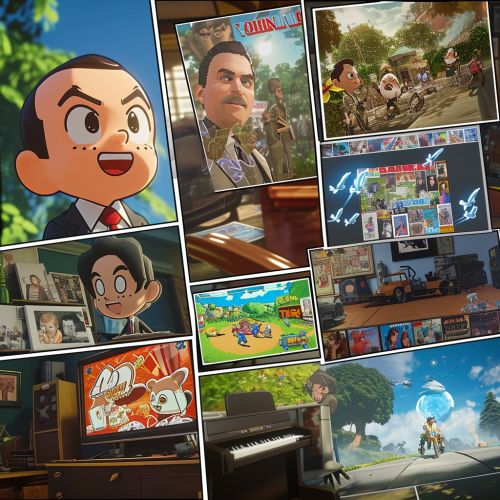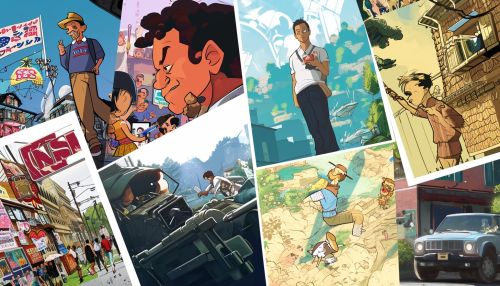Cartoons
History of Cartoons
Cartoons have a long and varied history, dating back to the ancient times. The term "cartoon" originally referred to a preparatory sketch or model, often for a work of art such as a painting or tapestry. This usage persisted until the 19th century, when the term began to be associated with humorous and satirical drawings in magazines and newspapers.

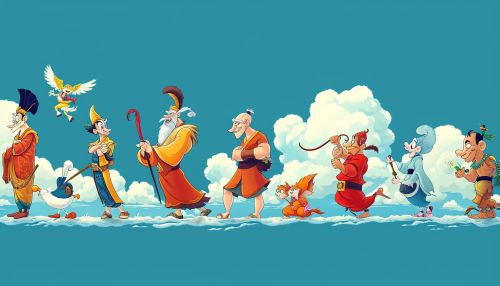
The modern concept of cartoons as animated films or television shows began in the early 20th century, with the advent of technologies such as film and later, television. Early pioneers in this field include Winsor McCay, creator of the first successful animated film "Gertie the Dinosaur", and Walt Disney, whose studio produced the first sound cartoon "Steamboat Willie" in 1928.
Types of Cartoons
There are several different types of cartoons, each with its own unique characteristics and conventions. These include:
- Comic strips: These are sequences of drawings arranged in panels to tell a story or make a joke, often published in newspapers or online. Famous comic strips include "Peanuts", "Calvin and Hobbes", and "Garfield".
- Editorial cartoons: Also known as political cartoons, these are drawings that comment on current events or social issues. They often use satire and caricature to make their point.
- Animated cartoons: These are moving images created by rapidly displaying a sequence of drawings or computer-generated images. They can be found in various formats, including short films, television shows, and full-length feature films.

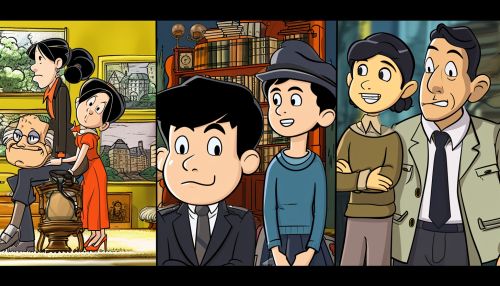
Techniques and Styles
Cartoons can be created using a variety of techniques and styles, depending on the desired effect. Some of the most common techniques include:
- Traditional animation: This involves creating a series of hand-drawn images, which are then photographed and played back at a rapid speed to create the illusion of movement.
- Stop motion: This technique involves photographing physical objects or puppets in different positions, then playing back the images at a rapid speed to create the illusion of movement.
- Computer animation: This involves creating images or models in a computer program, then manipulating them to create the illusion of movement. This technique can be used to create both 2D and 3D animations.
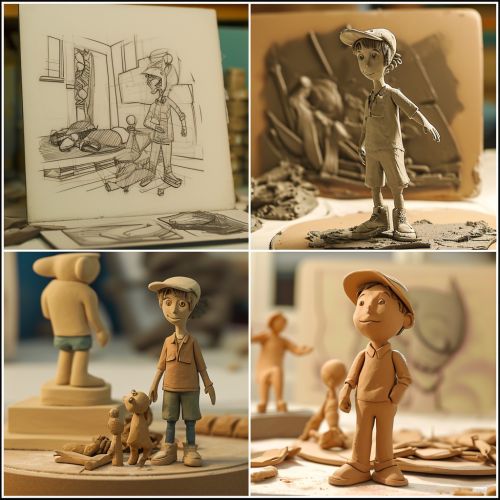
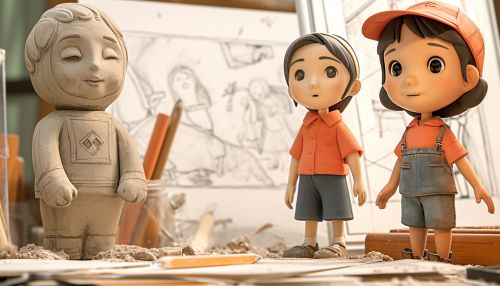
Impact and Influence
Cartoons have had a significant impact on popular culture and society at large. They have been used as a form of entertainment, a tool for political commentary, and a medium for artistic expression. In addition, cartoons have influenced other forms of media, such as film, television, and video games.
